Postoperative Orders
- Vital signs: Vital signs should be continuously monitored. Concerning blood pressure, the aim is normotension for age in the acute postoperative phase, whereas permissive hypertension might be required at a later phase when potentially expecting vasospasm.
- Activity: Prior to definitive treatment of the aneurysm, bed rest with the head of bed elevated at 30 degrees is recommended.
- CSF drainage parameters: If an EVD is in place, the aim should be to maintain a physiological ICP that is appropriate for the patient’s age.
- Medication: Although oral or intravenous nimodipine is a frequent treatment for adults with ruptured aneurysms, this drug should be very carefully administered in children. There are no controlled trials in children, and data from small series suggest a substantial risk of induced arterial hypotension (26). Deep sedation should be avoided whenever possible to allow for neurological assessment.
- Radiology studies: A CT to exclude postoperative hematoma or infarction should be performed within 6–12 hours. Postoperative angiography to confirm complete aneurysm occlusion is recommended.
Postoperative Morbidity
Cerebral vasospasm is considered a major determinant of morbidity after aneurysm rupture (42). It is defined as a narrowing of the cerebral arteries after subarachnoid hemorrhage. In adults, it is detected during angiography after subarachnoid hemorrhage (i.e., angiographic vasospasm) in up to 70% of cases (42). Delayed cerebral ischemia, i.e., manifestation of new neurological deficits due to vasospasm, is encountered in adults in up to 30% of cases (42, 64).
- Low incidence of vasospasm in children: In children, vasospasm is described in 10% of cases, and most authors observe only angiographic vasospasm in children; symptomatic vasospasm appears to be rare (8, 28, 39). A proposed explanation for the lower susceptibility of children to vasospasm and delayed cerebral ischemia is the better collateral circulation compared to adults (39).
- Treatment of vasospasm: If treatment is deemed necessary in children, options are hemodynamic therapy, administration of nimodipine, or endovascular intervention (balloon angioplasty and intraarterial papaverine/nimodipine) (20, 42).
Please create a free account or log in to read 'Recovery After Surgery for Intracranial Aneurysms in Children'
Registration is free, quick and easy. Register and complete your profile and get access to the following:
- Full unrestricted access to The ISPN Guide
- Download pages as PDFs for offline viewing
- Create and manage page bookmarks
- Access to new and improved on-page references

